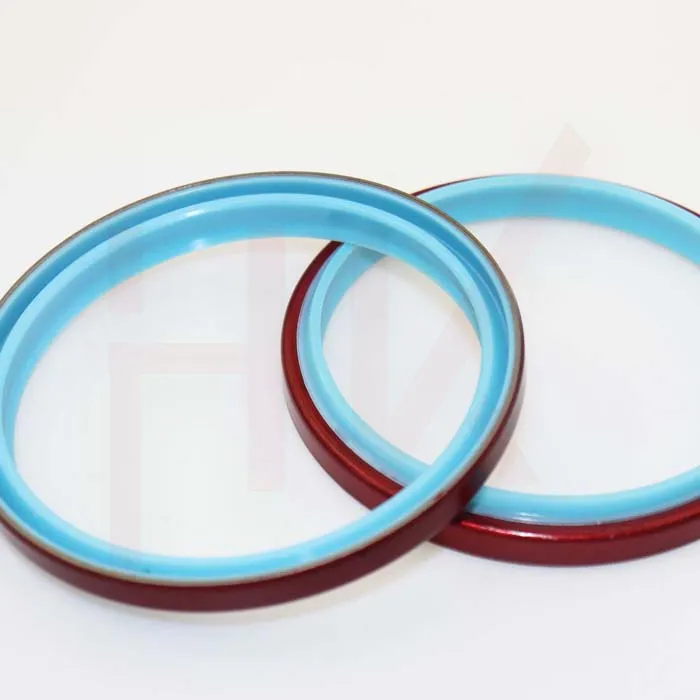Jul . 10, 2024 20:32 Back to list
Hydraulic cylinder seal kit material selection for optimal performance and durability
Hydraulic cylinder seal kits are essential components in maintaining the efficiency and functionality of hydraulic systems. These seal kits are composed of various materials that are specifically designed to withstand high pressures, extreme temperatures, and harsh environments. The choice of material for a seal kit is crucial as it directly affects the performance and longevity of the hydraulic cylinder.
One of the most common materials used in hydraulic cylinder seal kits is nitrile rubber. Nitrile rubber is known for its excellent resistance to oil, fuel, and other hydraulic fluids, making it an ideal choice for sealing applications in hydraulic systems. This material is also highly durable and can withstand high temperatures, making it suitable for use in demanding industrial environments.
Polyurethane is another popular material used in hydraulic cylinder seal kits. Polyurethane seals are known for their exceptional wear resistance, high flexibility, and excellent sealing properties. These seals are ideal for applications where there is a need for high pressure and high-speed operation. Polyurethane seals are also resistant to abrasion, making them suitable for heavy-duty applications.
Fluoroelastomers, also known as Viton, are used in hydraulic cylinder seal kits for applications requiring resistance to high temperatures and aggressive chemicals
hydraulic cylinder seal kit material. Fluoroelastomer seals are known for their excellent chemical resistance, high temperature stability, and low compression set. These seals are commonly used in aerospace, automotive, and other industries where extreme conditions are present.
Another material commonly used in hydraulic cylinder seal kits is silicone. Silicone seals are known for their excellent flexibility, low compression set, and resistance to extreme temperatures. These seals are often used in food and pharmaceutical applications where there is a need for a non-toxic and odorless sealing solution.
In addition to these materials, there are also hybrid seal materials that combine the properties of different materials to achieve the desired performance characteristics. For example, a seal kit may use a combination of nitrile rubber and polyurethane to achieve the desired balance of flexibility, wear resistance, and sealing properties.
In conclusion, the choice of material for a hydraulic cylinder seal kit is crucial in ensuring the efficiency and longevity of hydraulic systems. Different materials offer unique properties that are suited for specific applications and operating conditions. By selecting the right material for a seal kit, you can ensure optimal performance, reliability, and longevity of your hydraulic system.
-
The Trans-formative Journey of Wheel Hub Oil Seals
NewsJun.06,2025
-
Graphene-Enhanced Oil Seals: Revolutionizing High-Pressure Oil Sealing
NewsJun.06,2025
-
Future of Hydraulic Sealing: Advanced Intelligent TCN Oil Seals
NewsJun.06,2025
-
Don’t Let a Broken TCV Oil Seal Ruin Your Day
NewsJun.06,2025
-
Bio-Inspired Dust Seals for Better Sealing Performance
NewsJun.06,2025
-
Biodegradable and Sustainable Hydraulic Seal Materials
NewsJun.06,2025
-
Top Oil Seal Solutions for Your Industrial Needs
NewsMay.22,2025
Products categories
















